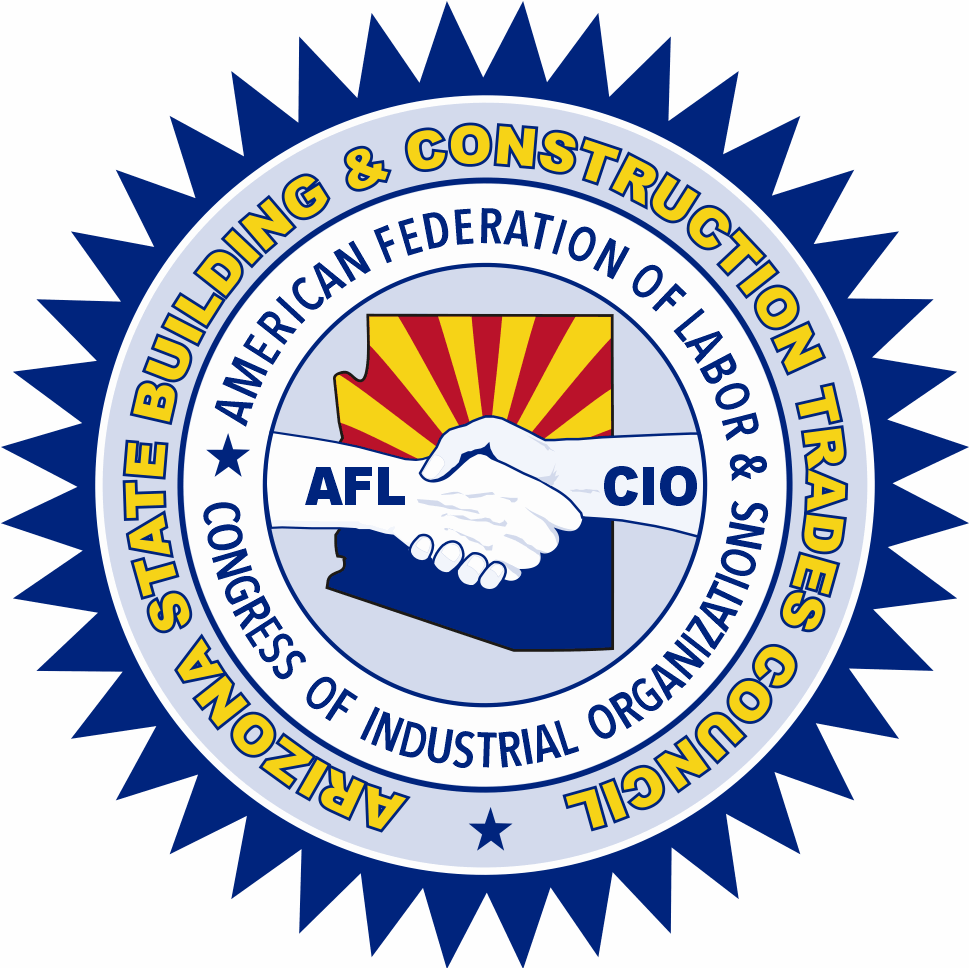Instructor Profile: Don Kronenebitter
Few people know the ups and downs of the elevator business like Arizona native Don Kronenbitter. As an International Union of Elevator Constructors Local 140 member for more than 41 years, he has not only seen a lot of innovations in the industry, but also has helped teach these advancements to new generations of apprentices through the National Elevator Industry Education Program (NEIEP), the training entity of the IUEC that is funded by members’ hourly contributions.

Kronenbitter, senior field engineer at Centric Elevator, said he’s been an instructor off and on since he completed his apprenticeship. Upon turning out, he was approached by members who said they needed someone to teach basic electricity and motors. He said he would give it a shot, and he now often teaches advanced electrical classes, as well.
NEIEP’s national committee even asked Kronenbitter to help them update the instructional manuals, which are reworked every few years to ensure apprentices learn how to use the most up-to-date machinery and tools used to build and maintain today’s elevators.
While it was an honor to help with those nationally needed manuals, Kronenbitter said his biggest reward is seeing the moment in a student’s eyes when all the pieces of information click into place because every student absorbs and processes data at a different rate.
“Electricity is like a foreign language to some people,” said Kronenbitter. “When I see a student holding up their hand because they’re excited that they know the answer to a question in class, and when you see that light in their eyes when the information clicks, those are the greatest rewards. I get the most enjoyment when an apprentice passes that final exam and comes up to say, ‘thank you,’ because that’s when you know you’ve changed someone’s life.”
While most of us have stepped in and out of elevators without noticing cosmetic changes over the years, Kronenbitter said the behind-the-scenes machinery has made leaps and bounds due to technological advances.
Remember the rubber bumpers on the doors that allowed your shoulder to get hit, prompting the door to re-open to allow that latecomer to hop in? Those have been replaced by LED rays that make the elevator doors reopen or stay open when the rays, which are invisible to the eye, are blocked.
Elevators are no longer using relays or coils, and motors now use permanent magnets, much like those running electric cars. In fact, just as the automotive industry is facing a chip shortage, so is the elevator industry. Still, the communication advances within the programmable chips ensure more work is completed with fewer wires.
“Today’s technology has redundant protection to ensure safe elevator rides,” said Kronenbitter. “Some of these new elevators have pages and pages of fault codes, which need to be cleared by a technician before the elevators will start working again. We give students the skill sets to safely determine what the process was that led to an elevator’s issues.”
Safety is so important to the union and to Kronenbitter himself that he asks his classroom to provide examples of anything unsafe they saw on the job the previous week.
“We pick each incident apart and talk about how to prevent such a safety issue from happening the next time,” he said.
Kronenbitter’s father and grandfather were both union members of UA Local 469. While he considered following in their footsteps, he said the world of elevators appealed to him even more. He explained the elevator trade demands numerous skills, including electrical, hydraulics, carpentry, steel erection, pipefitting, hanging doors and running cables. He said he truly enjoys the variety of work that elevator building and maintaining provides the skilled worker.
Kronenbitter said he believes if junior highs and high schools still consistently offered the opportunity for kids to sample wood working or machine shop like they used to that there wouldn’t be a labor shortage. Given the chance, some youth would realize they had a knack for fixing things and recognize they enjoyed working with their hands.
“If we could expose the public to more of what the union trades offer in the way of learning skills, earning a good living wage, securing good benefits, and ample time off to spend with family, we could have a bigger labor force,” said Kronenbitter.

